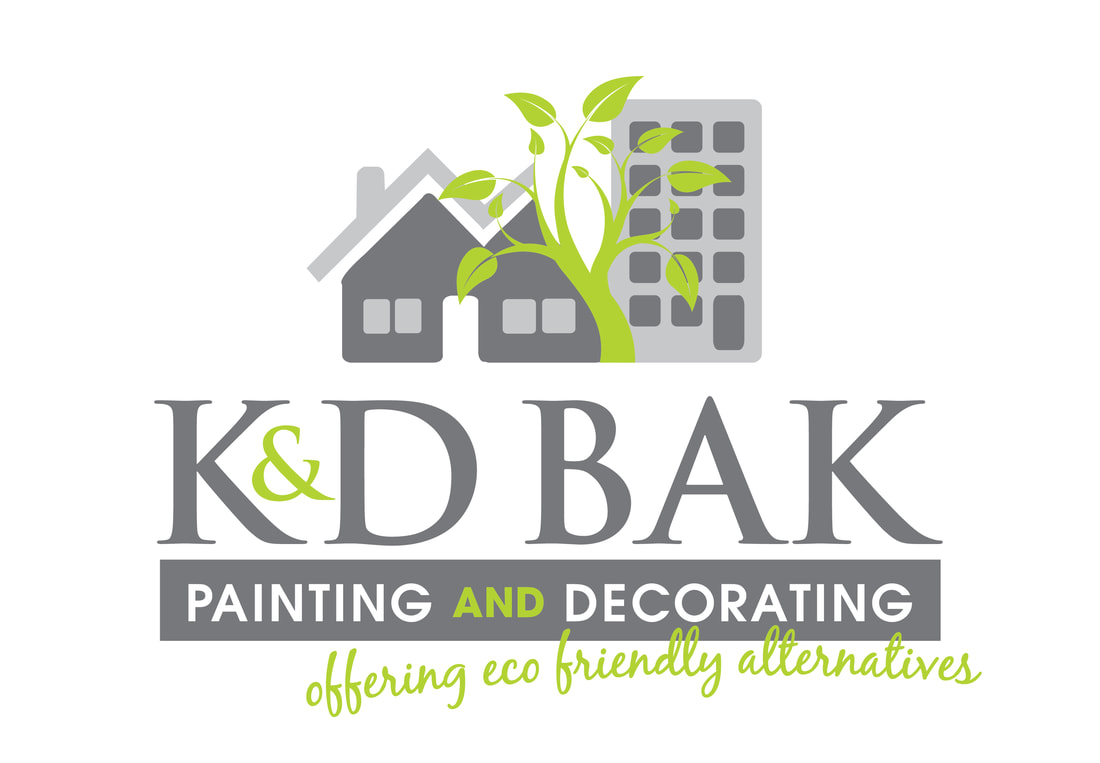|
Before 1970, paints containing high levels of lead were used in many Australian houses.
Exposure to lead is a health hazard. Even small amounts of dust or chips of paint containing lead, generated during minor home repairs, can be a health risk. Lead in house paint is a problem only if it is damaged or disturbed. Paint in good condition that is not flaking or chalking, or is covered by well maintained lead free paint is not a hazard in itself. Lead can also be a hazard when it is on surfaces subject to friction or impact such as windows and doors, or on railings where children can chew it. High concentrations of lead found in garden soils in older residential areas can be due to residue from lead-based paint. Lead-based paint is most likely to be found on window frames, doors, skirting boards, kitchen and bathroom cupboards, exterior walls, gutters, metal surfaces and fascias. It can also be found on interior walls, ceilings and areas with enamel paint. Pink and red primer both contain lead, so you should think twice before disturbing any surface which has had any of these paints applied. Anyone painting a house or doing maintenance that could disturb paint containing lead should avoid exposing themselves and their families, neighbours and pets to its hazards. The Australian standard for lead removal is AS4361.2:1998 Guide to lead paint management – Residential and commercial buildings K & D Bak Painting and Decorating attended the Master Painters of Victoria on 23rd August 2013 and obtained accreditation in CPCCPD3031A “Implement Safe Lead Paint and Asbestos Work Practices in the Painting Industry”. This is another reason why you should you should use a professional qualified painter and decorator to complete painting works as these risks can be easiliy identified and we have the practices to ensure safe methods of preparation and removal to minimise any harm on you and your loved ones.
8 Comments
|
AuthorPainter and decorator Archives
December 2018
|
|
©2024 K & D Bak Painting and Decorating 0432 22 33 44
|



 RSS Feed
RSS Feed